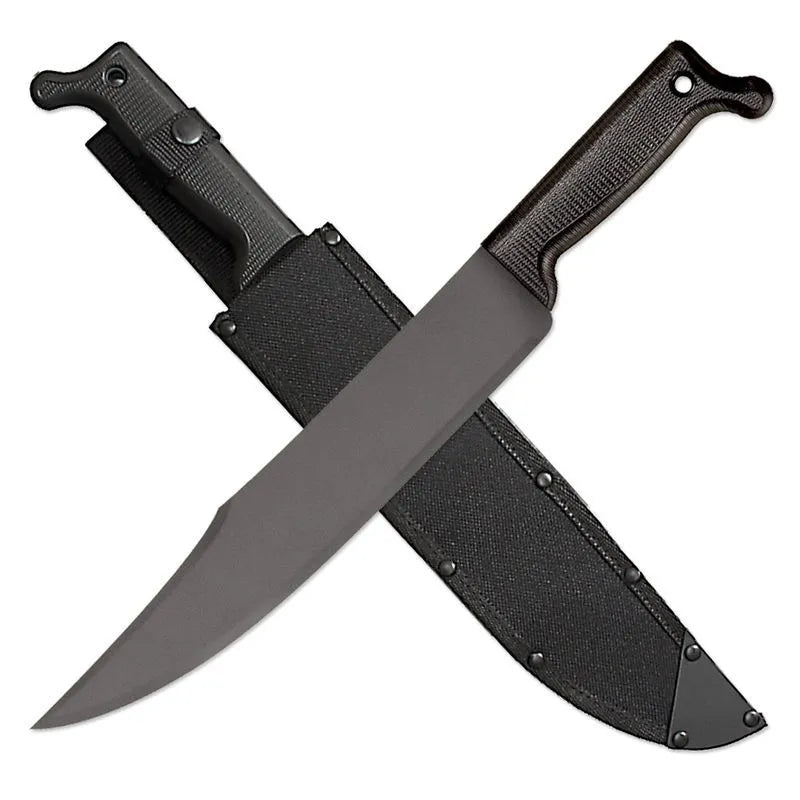
How to Choose a Meat Cleaver?
If you learn how to choose a meat cleaver, you will be the best carnivore chef in town!
The correct use of a meat cleaver is a way of increasing the food’s appeal. However, with constant innovations in the culinary world, there are several types of cleavers. Therefore, Knives Hives explains how to choose a meat cleaver to increase your know-how in this regard.
Consider the Blade Material
Think about what you expect from the chopper’s blade material. The ideal option is high-carbon stainless steel because it is:
-
Long-lasting
-
Resistant to corrosion
-
Retains its sharpness
A good blade guarantees clean slices. Cutting meat or bones also requires less effort.
Check the Thickness and Size of the Blade
Now, consider the blade’s size and thickness. Generally, it is usually between 6 and 9 inches. A bigger blade offers more leverage to cut through harder meats and bones. In addition, the blade's width is essential.
-
A narrower blade works better for cutting softer cuts.
-
A thicker blade (around 3-5mm) is best for heavy-duty jobs.
You can also get a customized Bowie knife.
Verify the Balance and Weight
If you select a meat cleaver with perfect balance, it will not tire your hands. A stronger cleaver can slice bones. However, holding or compromising your comfort should not be too heavy.
Therefore, before buying a cleaver, check its weight distribution by holding it in your hand. The grip and blade should feel balanced to guarantee ease of usage.
Get the best chef knife!
Select the Proper Handle Material
The handle should be cozy and offer a firm hold to avoid mishaps. Common handle materials include:
-
Stainless steel
-
Plastic
-
Wood
Wood is more maintenance-intensive yet provides a classic and comfortable grip. Handles made of plastic and stainless steel are:
-
More moisture-resistant
-
Easy to clean
Look for an ergonomic design to improve comfort during extended usage.
Get the best skinner knife!
Discover Its Purpose
Different meat cleavers have various functions. If your work demands regular bone chopping, go for a heavy-duty cleaver. In contrast, a thinner cleaver is the best for cutting meat and vegetables. Therefore, think carefully about your culinary requirements to select an ideal cleaver.
Upkeep and Sharpening
It is easy to sharpen and maintain your meat cleaver. Choose a cleaver that demands minimum effort for its upkeep. It should also preserve its sharpness for a longer time.
Buy the best kitchen knife sets!
Maintain Your Meat Cleaver
Maintaining the ideal meat cleaver after you have selected it is essential for sustained use. Routine maintenance certifies it stays sharp and operational.
Give the cleaver a thorough cleaning after every use. Doing so avoids residue accumulation. To prevent rust, hand wash it with warm, soapy water. Pat dry right away with a cloth.
Depending on how often you use it, sharpen the blade every few months and routinely use an honing rod to keep it sharp.
The Bottom Line
Comprehending how to choose a meat cleaver aligns with your culinary requirements. Investing in a high-quality meat cleaver ensures kitchen safety. It also boosts your cooking pleasure.
Shop now to get the best kitchen knives and tools!







